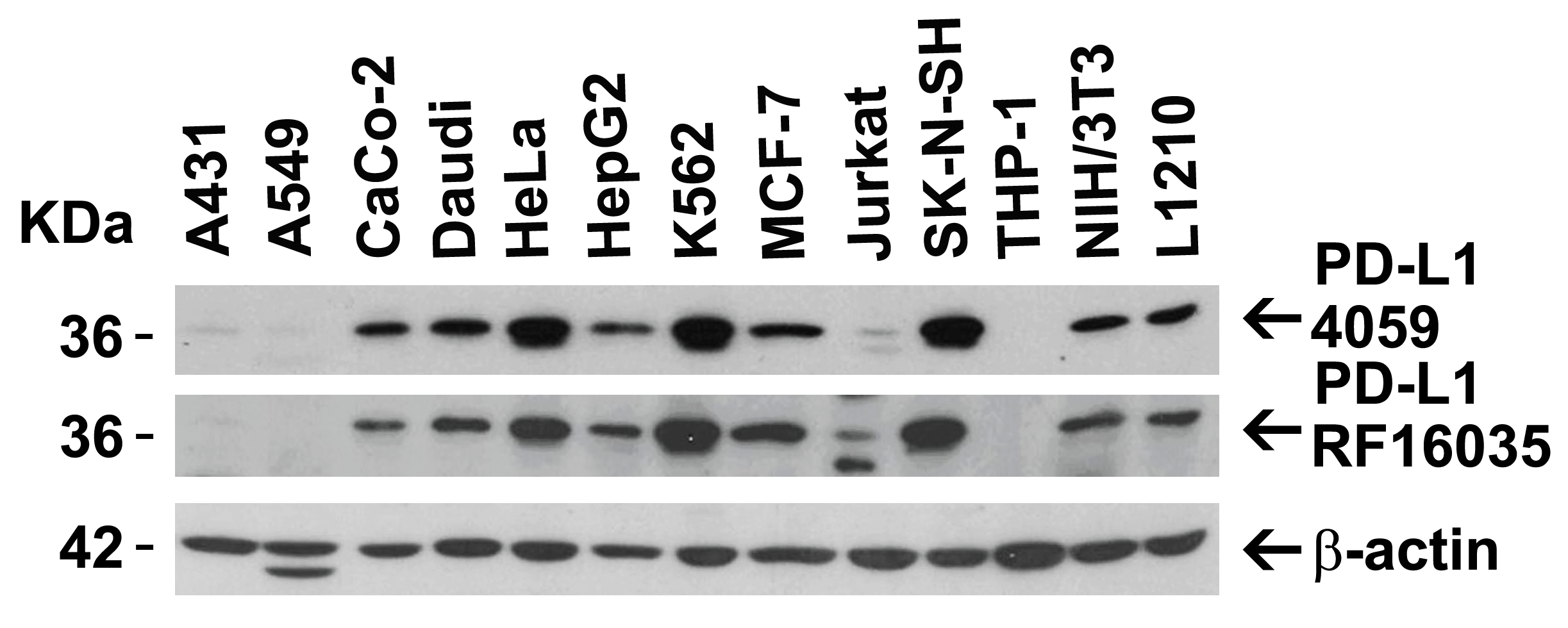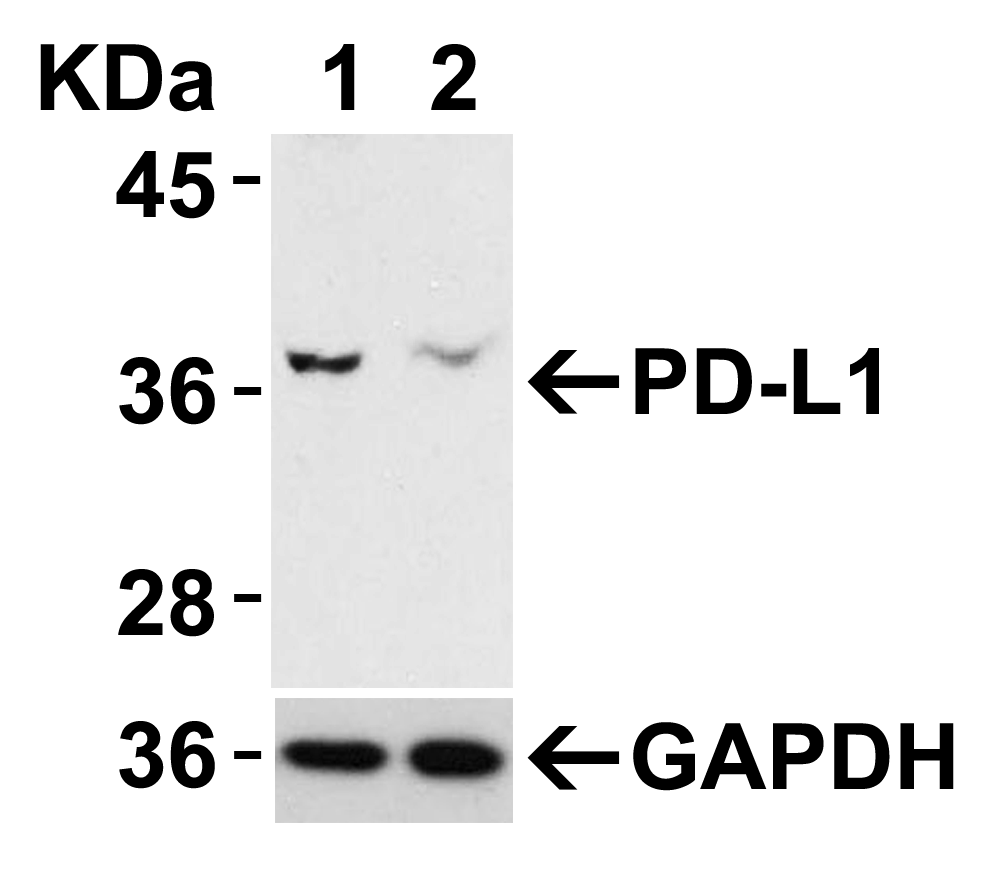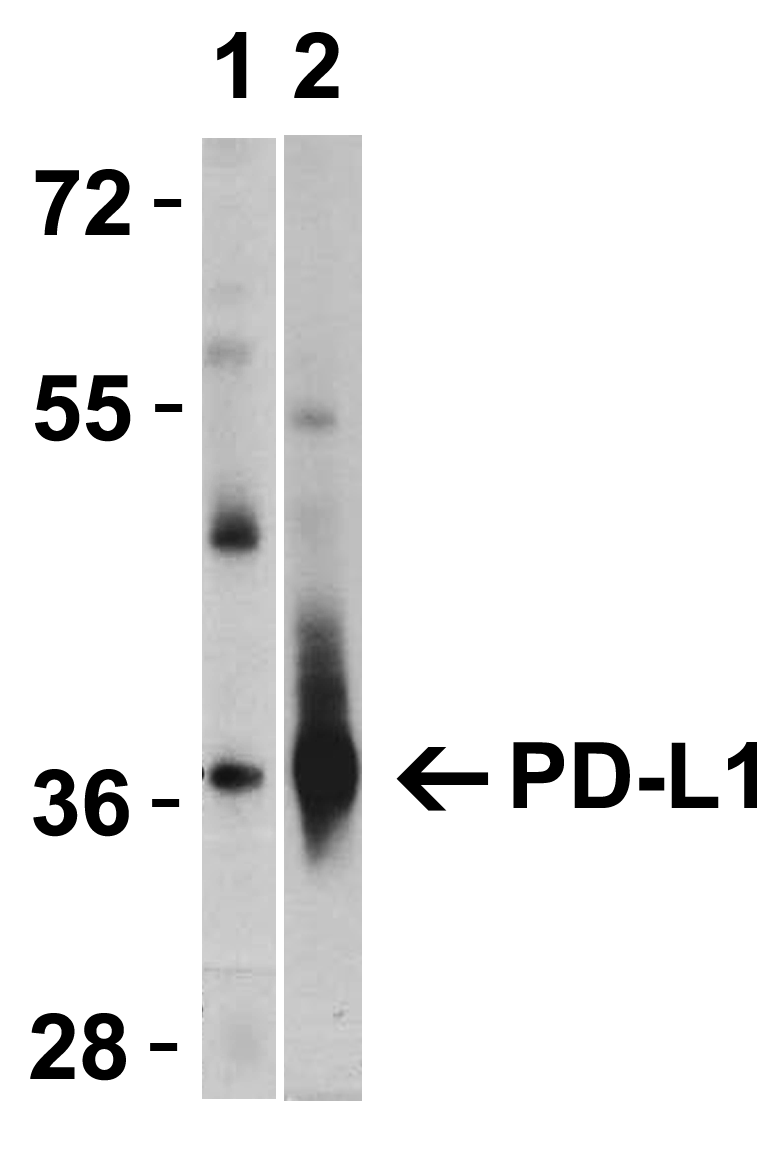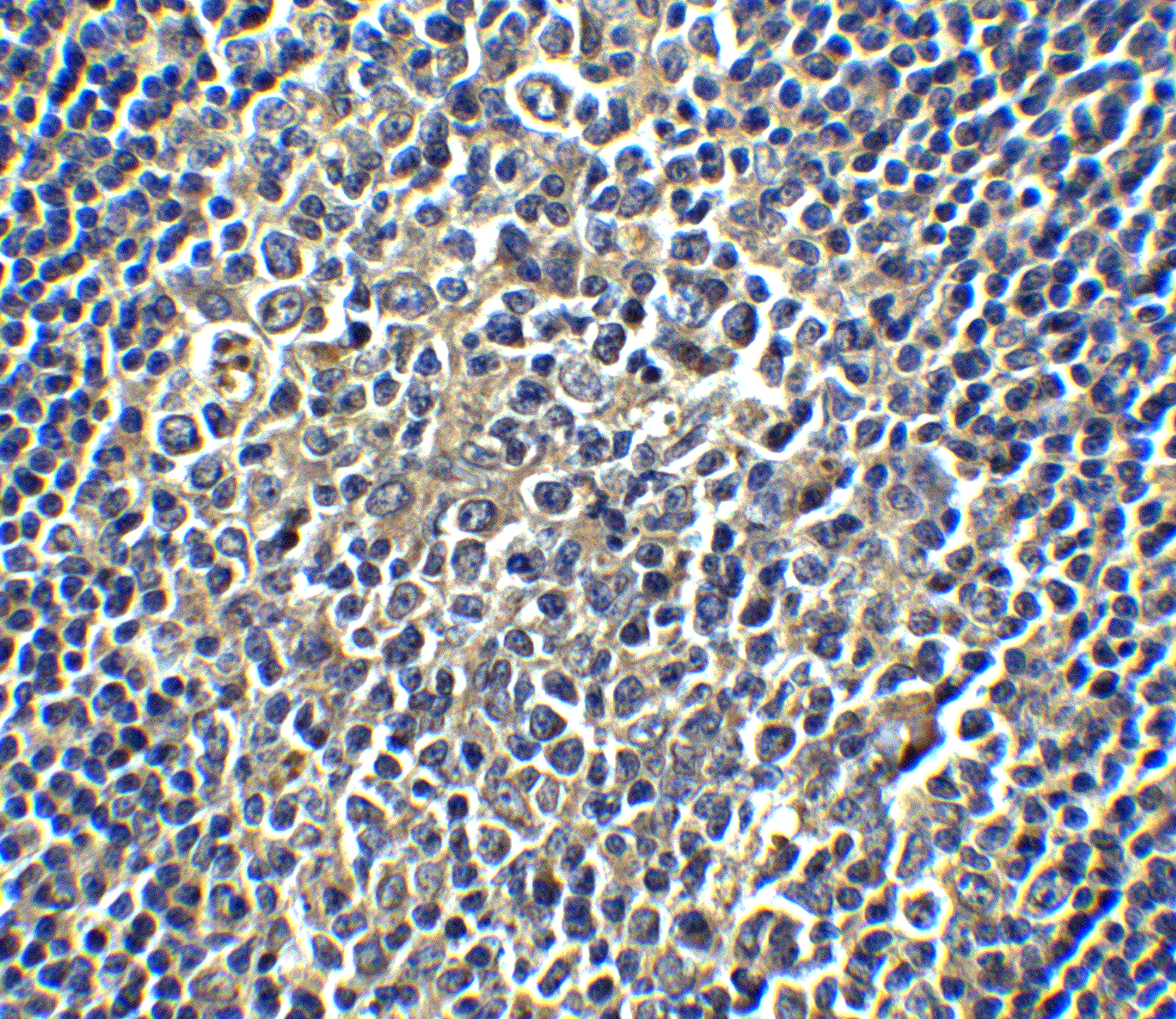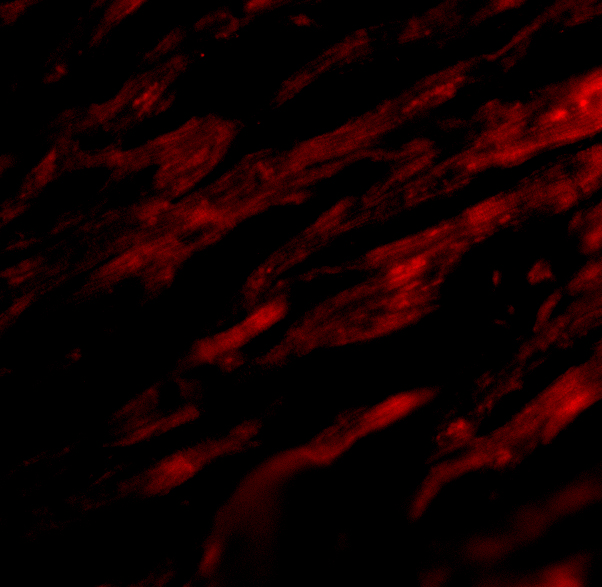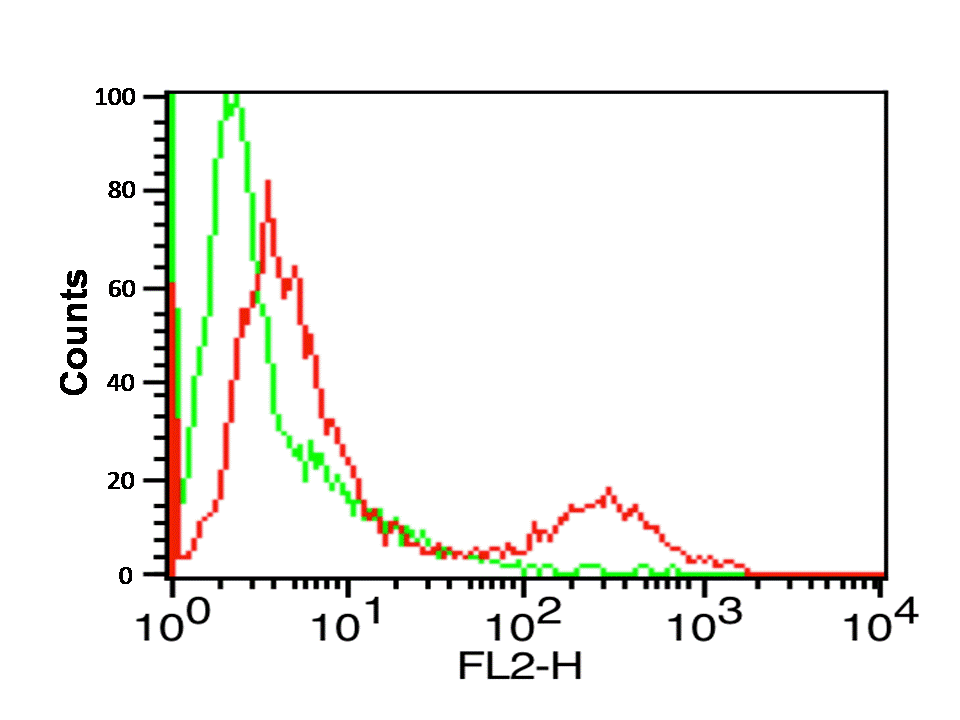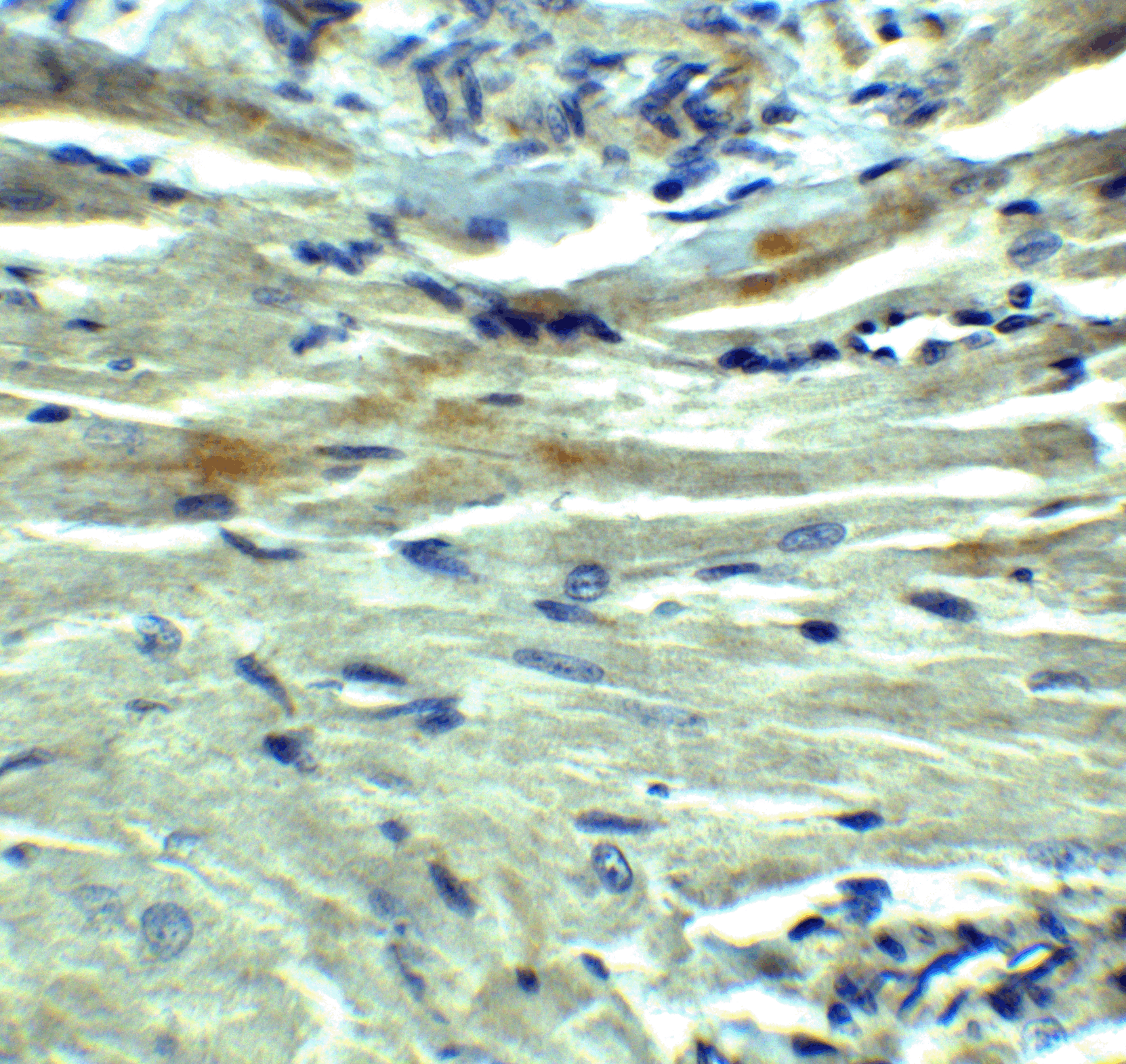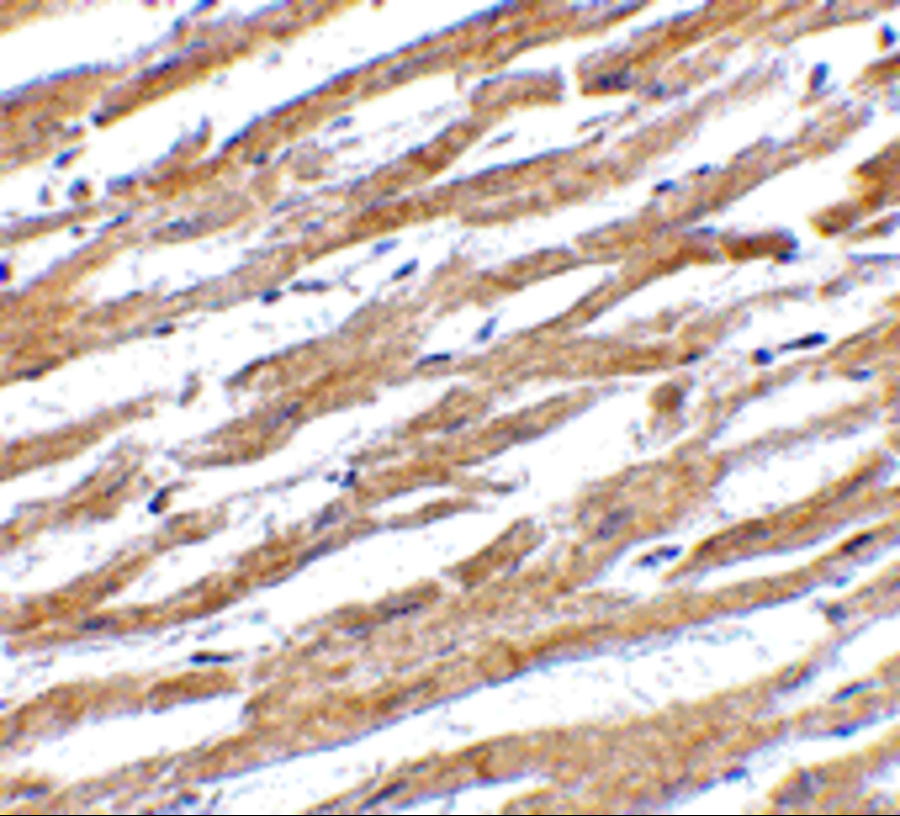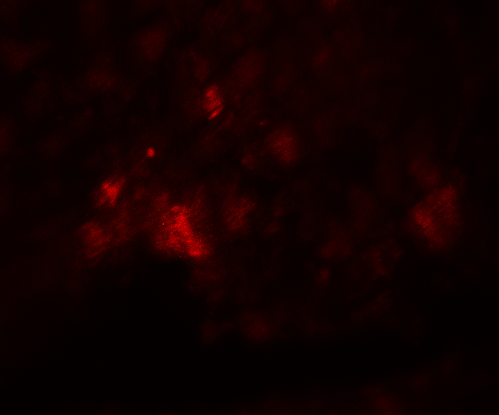PDL-1 Antibody
| Code | Size | Price |
|---|
| PSI-4059-0.02mg | 0.02mg | £150.00 |
| PSI-4059-0.1mg | 0.1mg | £449.00 |
Overview
- Enzyme-Linked Immunosorbent Assay (ELISA)
- Immunofluorescence (IF)
- Immunohistochemistry (IHC)
- Western Blot (WB)
Images
Documents
Further Information
Antibody validated: Western Blot in human and mouse samples; Immunohistochemistry in human and rat samples; Immunofluorescence in human and rat samples and Flow Cytometry in mouse samples. All other applications and species not yet tested.
- Freeman et al. Exp. Med. 2000; 192:1027-34.
- Burr et al. Nature 2017; 549:101-5.
- Mezzadra et al. Nature 2017; 549:106-10.
- Dong et al. Nat. Med. 1999 5:1365-9.
The immunogen is located within amino acids 60 - 110 of PD-L1.
Observed: 37 kDa
Independent Antibody Validation (Figure 2) shows similar PD-L1 expression profile in both human and mouse cell lines detected by two independent anti-PD-L1 antibodies that recognize different epitopes, 4059 against the center of human PD-L1 and RF16035 against the extracellular domain. PD-L1 proteins are detected in most of the cell lines, but not in A549 and THP-1 cells by the two independent antibodies.
siRNA Knockdown Validation (Figure 3): Anti-PD-L1 antibody (4059) specificity was further verified by PD-L1 specific siRNA knockdown. PD-L1 signal in HeLa cells transfected with PD-L1 siRNAs was much weaker in comparison with that in HeLa cells transfected with control siRNAs.
Overexpression Validation (Figure 4): Anti-PD-L1 antibodies (4059) can detect the overexpression of PD-L1 protein in 293 cells transfected with PD-L1.
References
- Dhar et al. Evaluation of PD-L1 expression on vortex-isolated circulating tumor cells in metastatic lung cancer. Sci Rep. 2018;8(1):2592. PMID: 29416054
- Gadiot et al. Overall survival and PD-L1 expression in metastasized malignant melanoma. Cancer.2011;117(10):2192-201. PMID: 21523733
- Angell et al. BRAF V600E in papillary thyroid carcinoma is associated with increased programmed death ligand 1 expression and suppressive immune cell infiltration. Thyroid. 2014; 24(9):1385-93PMID: 24955518
- Ilie et al. Comparative study of the PD-L1 status between surgically resected specimens and matched biopsies of NSCLC patients reveal major discordances: a potential issue for anti-PD-L1 therapeutic strategies. Ann Oncol. 2016;27(1):147-53.PMID: 26483045
- Heymann et al. PD-L1 expression in non-small cell lung carcinoma: Comparison among cytology, small biopsy, and surgical resection specimens. Cancer Cytopathol. 2017;125(12):896-907. PMID: 29024471
- Hamanishi et al. Safety and Antitumor Activity of Anti-PD-1 Antibody, Nivolumab, in Patients With Platinum-Resistant Ovarian Cancer. J Clin Oncol. 2015; 33(34):4015-22. PMID: 26351349
- Taube et al. Colocalization of inflammatory response with B7-h1 expression in human melanocytic lesions supports an adaptive resistance mechanism of immune escape. Sci Transl Med. 2012;4(127):127ra37. PMID: 22461641
- Munari et al. PD-L1 Expression Heterogeneity in Non-Small Cell Lung Cancer: Defining Criteria for Harmonization between Biopsy Specimens and Whole Sections. J Thorac Oncol. 2018;13(8): 1113-1120. PMID: 29704674
- Li et al. Comparison of 22C3 PD-L1 Expression between Surgically Resected Specimens and Paired Tissue Microarrays in Non-Small Cell Lung Cancer. J Thorac Oncol. 2017;12(10):1536-1543. PMID: 28751245
- Shen et al. Programmed cell death ligand 1 expression in osteosarcoma. Cancer Immunol Res. 2014;2(7):690-698. PMID: 24866169
- Mimura et al. PD-L1 expression is mainly regulated by interferon gamma associated with JAK-STAT pathway in gastric cancer. Cancer Sci. 2018 ;109(1):43-53.PMID: 29034543
- Habib et al. PDL-1 Blockade Prevents T Cell Exhaustion, Inhibits Autophagy, and Promotes Clearance of Leishmania donovani. Infect Immun. 2018;86(6). PMID: 29610255
- Gonin et al. Expression of IL-27 by tumor cells in invasive cutaneous and metastatic melanomas. PLoS One. 2013;8(10):e75694. PMID: 24130734
- Gagn? et al. Comprehensive Assessment of PD-L1 Staining Heterogeneity in Pulmonary Adenocarcinomas Using Tissue Microarrays: Impact of the Architecture Pattern and the Number of Cores. Am J Surg Pathol. 2018;42(5):687-694.PMID: 29309297
- Teixid? et al. Assays for predicting and monitoring responses to lung cancer immunotherapy. Cancer Biol Med. 2015;12(2):87-95. PMID: 26175924
Related Products
| Product Name | Product Code | Supplier | PDL-1 Peptide | PSI-4059P | ProSci | Summary Details | |||||||||||||||||||||||||||||||||||||||||||||||||||||||||||||||||||||||||||||||||||||||||||||
|---|---|---|---|---|---|---|---|---|---|---|---|---|---|---|---|---|---|---|---|---|---|---|---|---|---|---|---|---|---|---|---|---|---|---|---|---|---|---|---|---|---|---|---|---|---|---|---|---|---|---|---|---|---|---|---|---|---|---|---|---|---|---|---|---|---|---|---|---|---|---|---|---|---|---|---|---|---|---|---|---|---|---|---|---|---|---|---|---|---|---|---|---|---|---|---|---|---|---|---|



